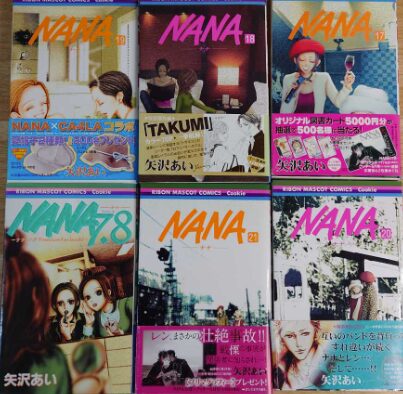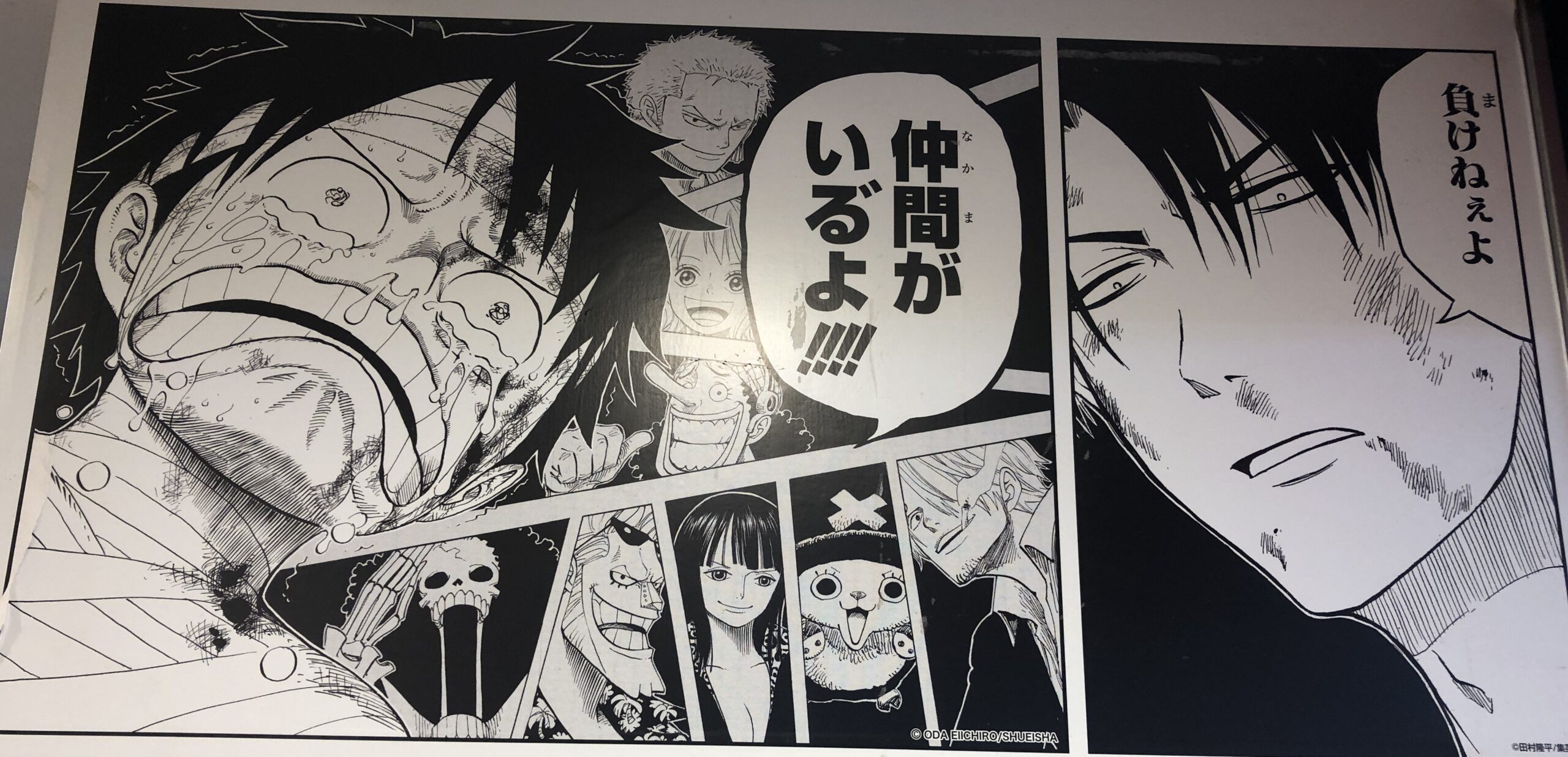Many overseas comics tend to cater predominantly to a younger audience, with adult readership not as prevalent. Conversely, Japan boasts a diverse array of manga genres that appeal to individuals of all ages. These encompass narratives that evoke dreams, intricately crafted storylines, nuanced human connections, and a myriad of other elements that resonate with mature readers.
Japanese manga often feature incredibly delicate artwork. Unique panel layouts, meticulously arranged to guide the reader’s eye, and powerful scenes utilising large panels across double-page spreads are just some of the secrets to their popularity.
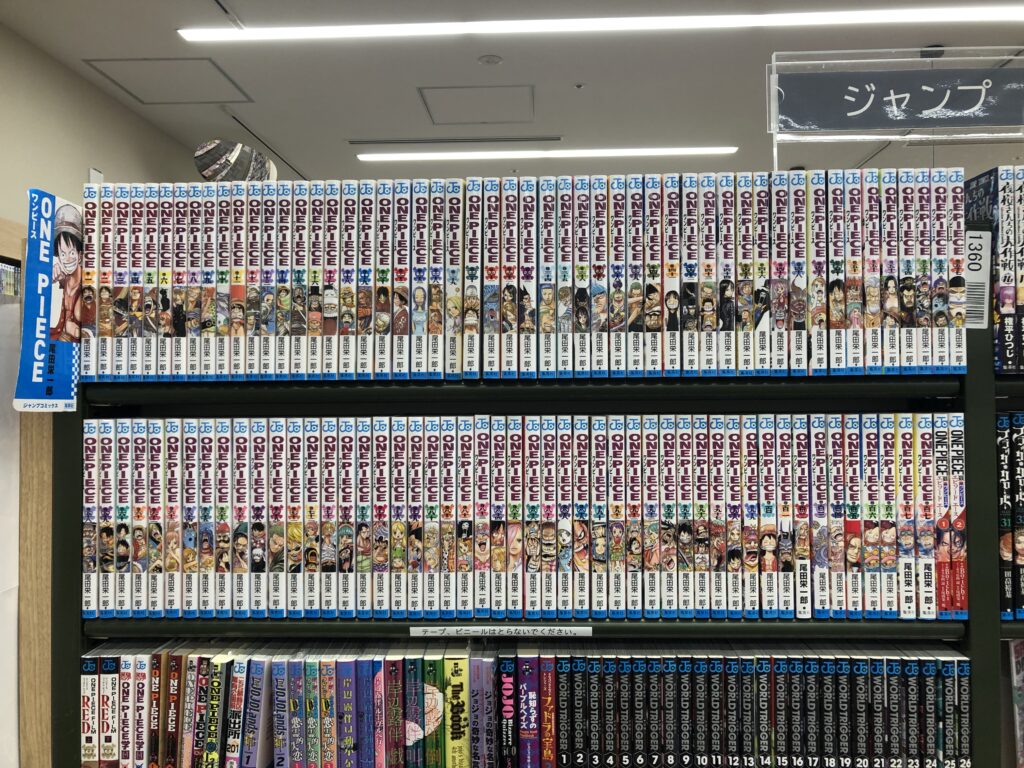
The roots of Japanese manga are are believed to extend back some 800 years to the illustrated scrolls of the Heian period, such as the “Choujuu Jinbutsu Giga”, which depict anthropomorphised animals in dynamic lines, hinting at elements of fantasy that resonate in modern manga.
During the 19th century, the popularity of “Hokusai Manga” by ukiyo-e artist Katsushika Hokusai surged. This collection of sketch drawings humorously depicted landscapes, plants, and youkai (supernatural creatures).
From the Meiji to the Taisho period, single-panel and four-panel comics began appearing in newspapers, making manga more accessible to people.
Entering the Showa period, influenced by the Western culture, there emerged a shift from traditional brushwork to pen-based illustrations accompanied by a rise in popularity of nonsensical manga featuring minimal captions and dialogue.
During wartime, many manga artists were compelled by military directives to produce serialised works aimed at boosting morale or engaging in propaganda efforts.
Just two weeks after the end of World War II, manga magazines were revived in Japan.
In 1946, Machiko Hasegawa published the nationally beloved Manga of Japan, “Sazae-san” which is still very popular today.
Around the same time Osamu Tezuka, who is often regarded as a master of Japanese manga, experimented with incorporating elements of film into his work, establishing the foundation for captivating storytelling manga with works such as “Astro Boy” and “Kimba the White Lion”. Tezuka’s works that illustrates big dreams and evokes stirring emotions laid the groundwork for modern manga leading to the international success of Japanese manga.
In the midst of Japan’s rapid economic growth in the 1960s, manga artists associated with Tokiwa-sou, known as the holy land of manga including Fujio Akatsuka and Fujio F. Fujiko followed Tezuka with a string of hits.
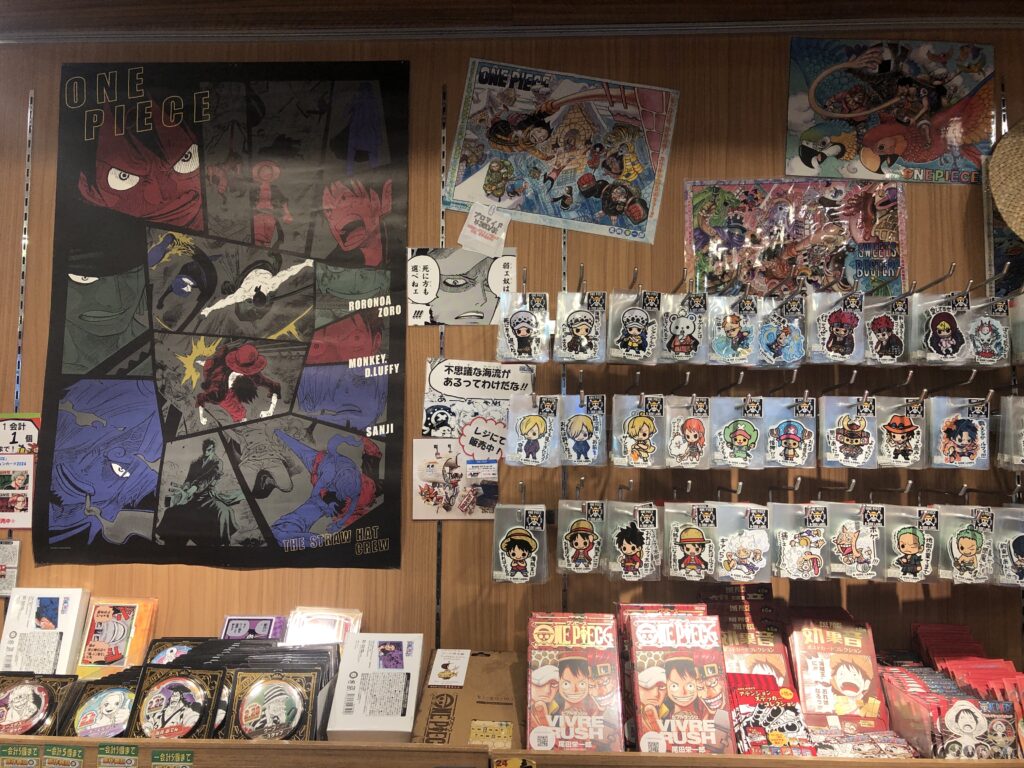
In 1963, “Astro Boy” premiered as Japan’s first television anime. This marked the beginning of media mixes where serialized manga and TV anime would interact.
One popular manga magazine and TV anime after another emerged, and as the 1970s approached, hits like “The Rose of Versailles” and “Aim for the Ace!” ignited the popularity of shoujo (girls) manga. Additionally, in the late 1970s, with the country entering a period of stable growth and an increase in children, hit theatrical anime like “Space Battleship Yamato” and “Galaxy Express 999” emerged. This led to the establishment of the trend of serialisations being compiled into single volumes, which wasn’t very common before.
The 1980s saw the rise of Akira Toriyama, recognized as the “successor” to Tezuka. With the popularity of “Dragon Ball”, Japanese manga and anime began attracting global attention.
As the era transitioned from Heisei to Reiwa, we are now in the midst of a new era of manga.
Here are some of the most popular manages in the history of Japan.
『ONE PIECE(ワンピース)』by Eiichiro Oda
‘ONE PIECE’ follows the journey of Monkey D. Luffy, a young boy wearing a straw hat, as he sets out to find the legendary treasure, One Piece, in order to become the Pirate King, embarking on a voyage with his companions.
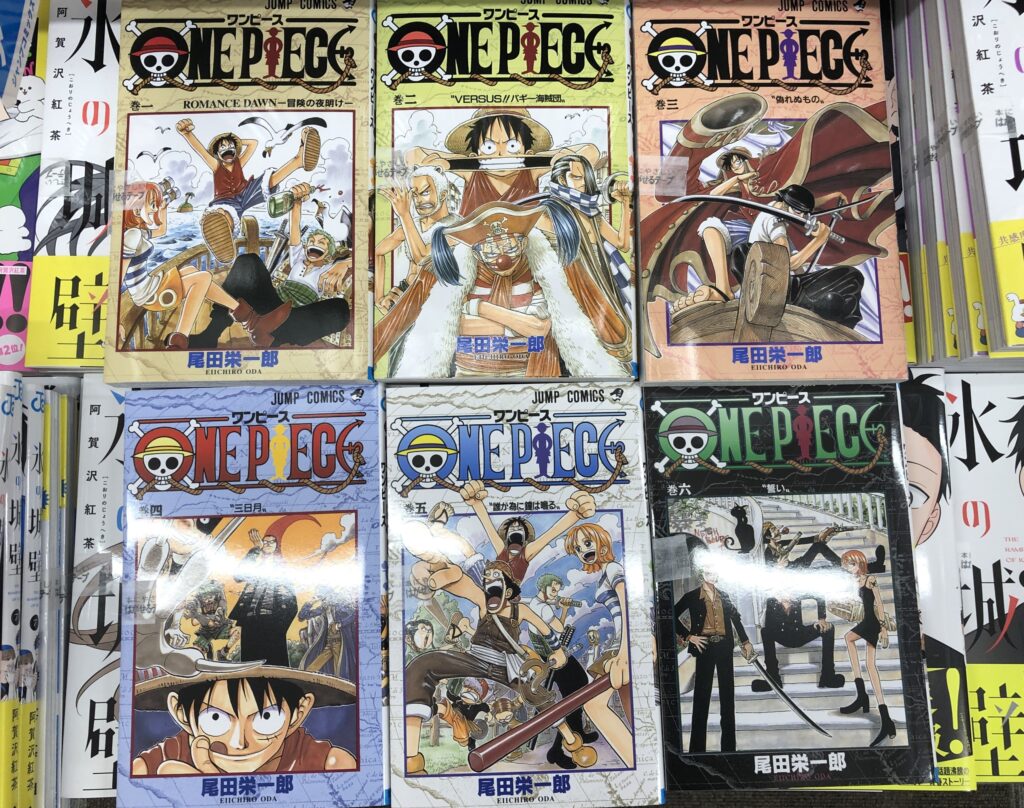
『Goldo 13 (ゴルゴ13)』by Takao Saito
‘Golgo 13’ features the elite sniper, Golgo 13, who accepts seemingly impossible missions (primarily assassinations) from around the world for hefty rewards, employing miraculous skills and exceptional abilities to carry out his tasks in this action-packed drama.

『Dragon Ball (ドラゴンボール)』 by Akira Toriyama
‘Dragon Ball’ revolves around the mystical Dragon Balls, said to grant any wish, with the protagonist Son Goku fighting formidable enemies alongside his friends while growing stronger.
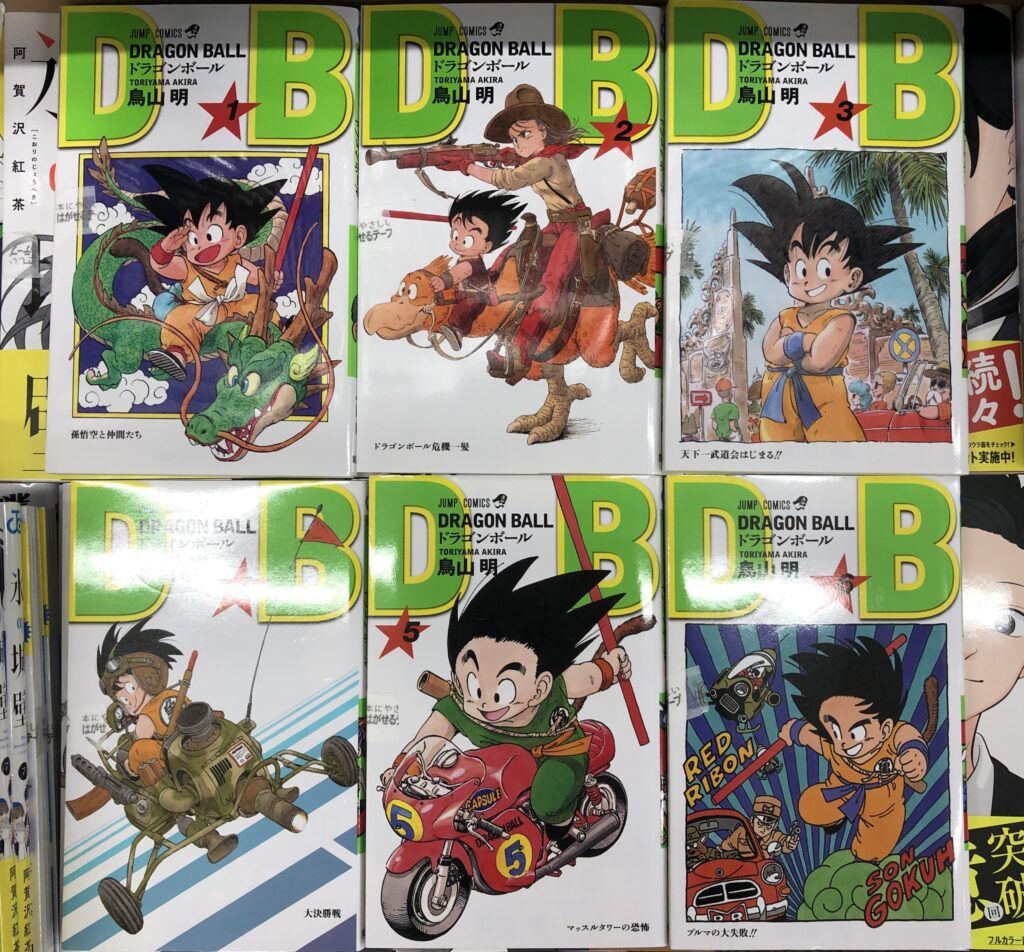
<Shoujo (Girls) manga>
『Hana Yori Dango’ (花より男子)』 by Yoko Kamio
‘Hana Yori Dango’ portrays Makino Tsukushi, an ordinary high school girl from a humble family who unexpectedly enrolls in a prestigious school for the wealthy, where she navigates through group bullying, discrimination, and poverty with resilience in this romantic school comedy.
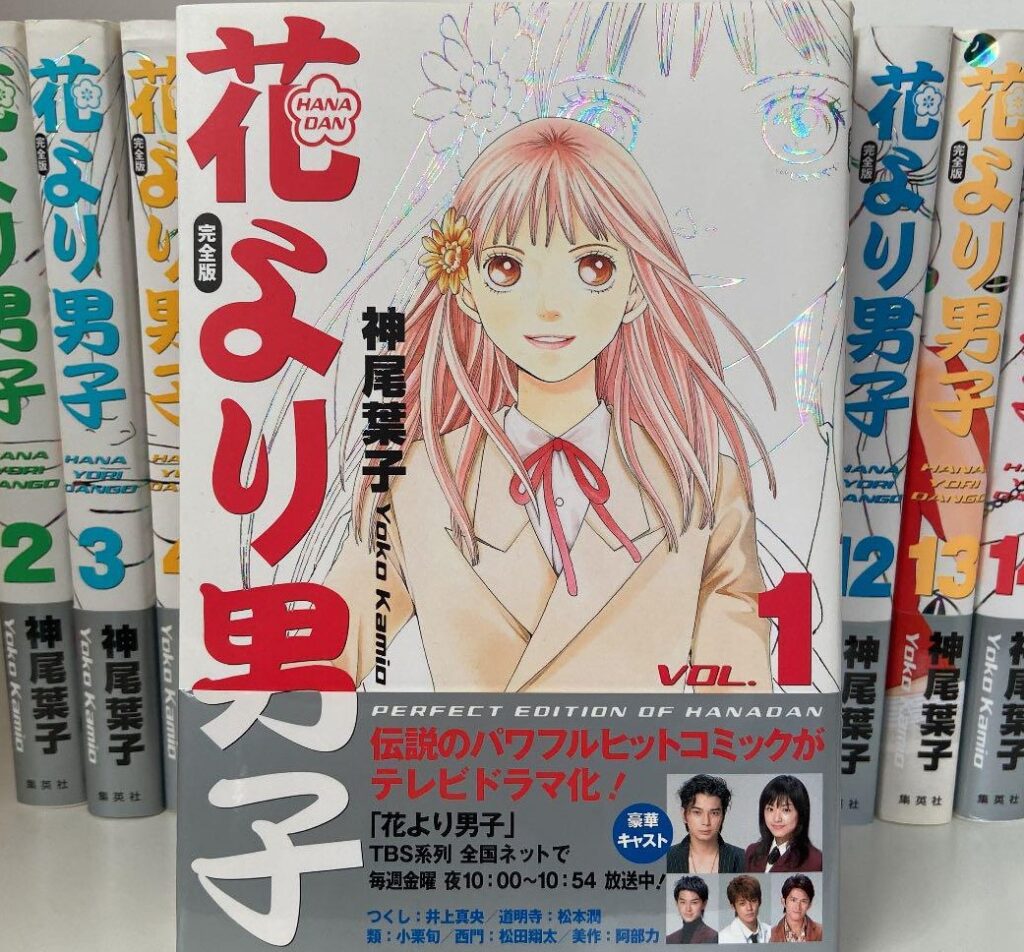
『Glass Mask (ガラスの仮面)』by Suzue Miuchi
‘Glass Mask’ tells the story of Maya Kitajima, a girl with a thousand faces, who dedicates her entire passion to performing arts. Amidst the pursuit of the legendary masterpiece ‘The Crimson Goddess,’ various characters and their ambitions intersect in this epic theatrical romance.

『NANA-ナナ』by Ai Yazawa
‘NANA’ follows the journey of two girls, Nana Komatsu and Nana Osaki as they carve their own destinies and pursue love, encapsulating a tale of heartfelt emotions.
